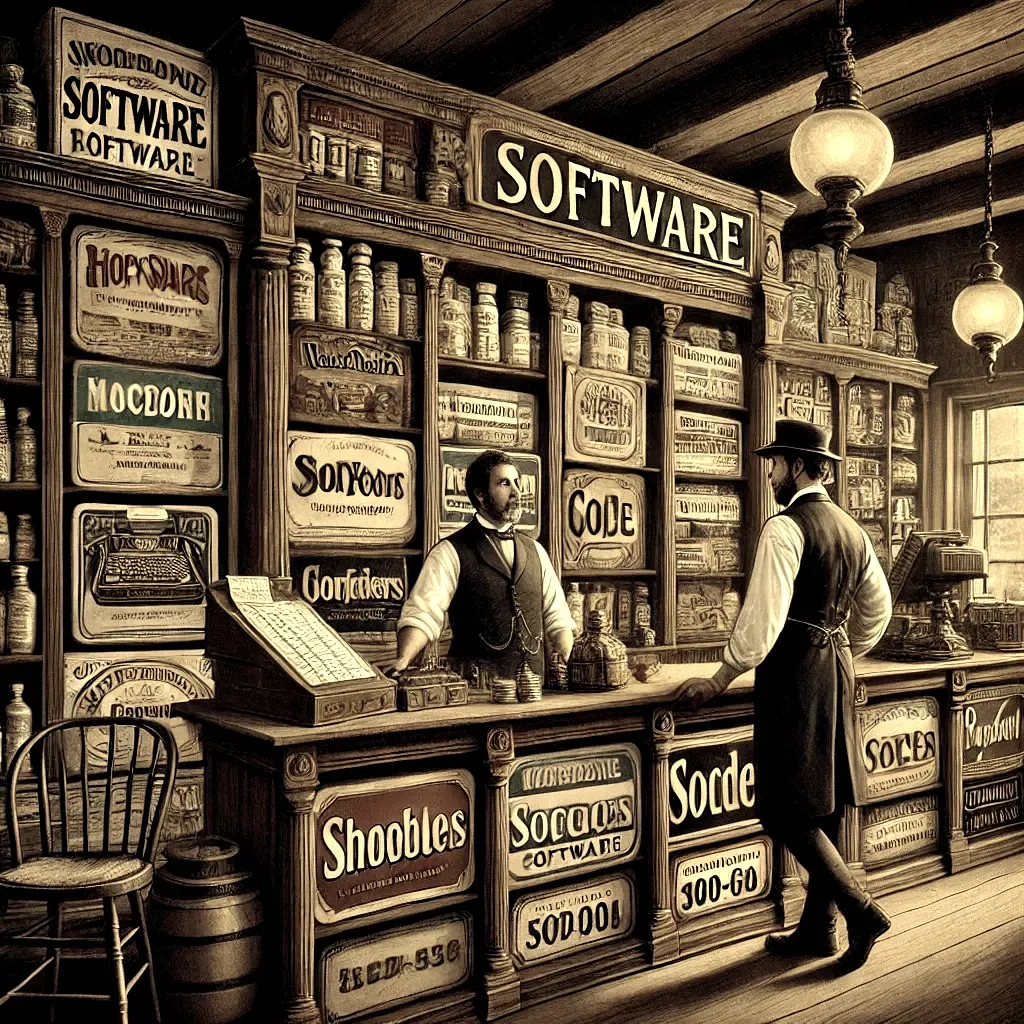When you engage with a software product development company, like Code Scientists, the first thing they should do for you is a "discovery." During the discovery phase of solution development, your software development partner should collect and organize your needs, or requirements. Your needs are your pain points...those things that cost you the most time and/or money. Once they understand your needs, they should ask and answer the question of whether it is smarter and less risky to buy an "off-the-shelf" (OTS) solution, or to build you one.

Software development is expensive. That's not because software consulting companies overcharge for their services, or that software developers are overly expensive resources, it's because the craft involves a lot of research, specialized skills, and time. What you may think is a simple application may cost $50k, $80k, several $100,000, or even millions to build.
Investments in software solutions aren't one-time investments either. Software solutions are like houses, they depreciate over time, so you must spend money on upkeep to make sure they stay relevant. If you're creating software solutions for external use, to sell to your customers, you need to set aside part of your revenue to continuously pay for maintenance. If you're creating software solutions for internal use, you can neglect them for longer periods of time; however, eventually you will end up needing to update the platforms or frameworks used to create your solutions.
Buying OTS solutions doesn't mean you can't get what you want or need. Your real competitive advantage is how your business works. Many OTS solutions provide basic functionality addressing some or most of your needs and pain points. The good ones are extensible, provide application programming interfaces (APIs), and can be customized by your solution development partner to address the remainder.
Searching for OTS solutions before creating solutions from scratch saves you time, money, and likely frustration. A great software development team can extend your OTS solutions and customize them to solve your pain points. And, look, if you can't identify OTS solutions to build on, or your vision is just too novel, that's when you can justify spending the big money to solve problems.
